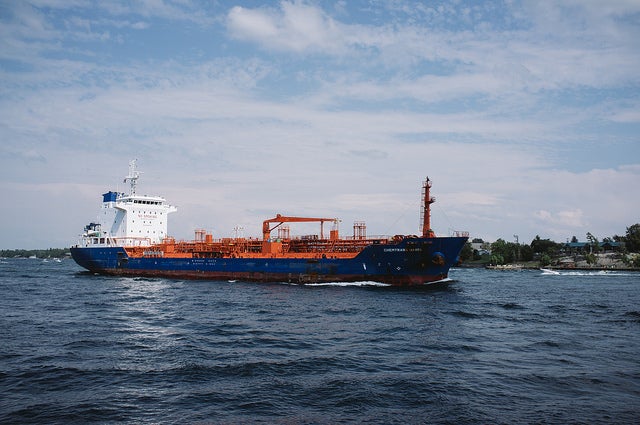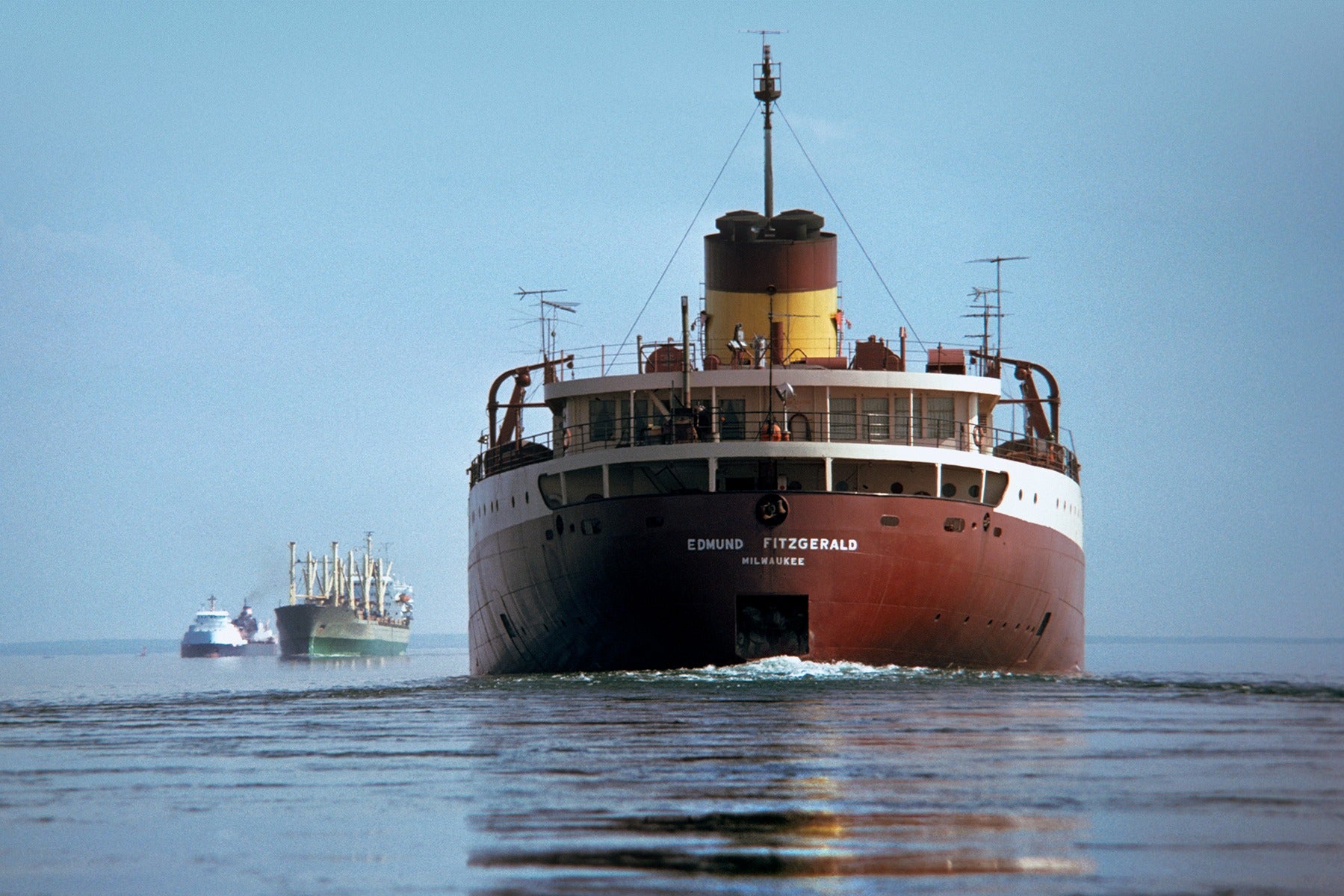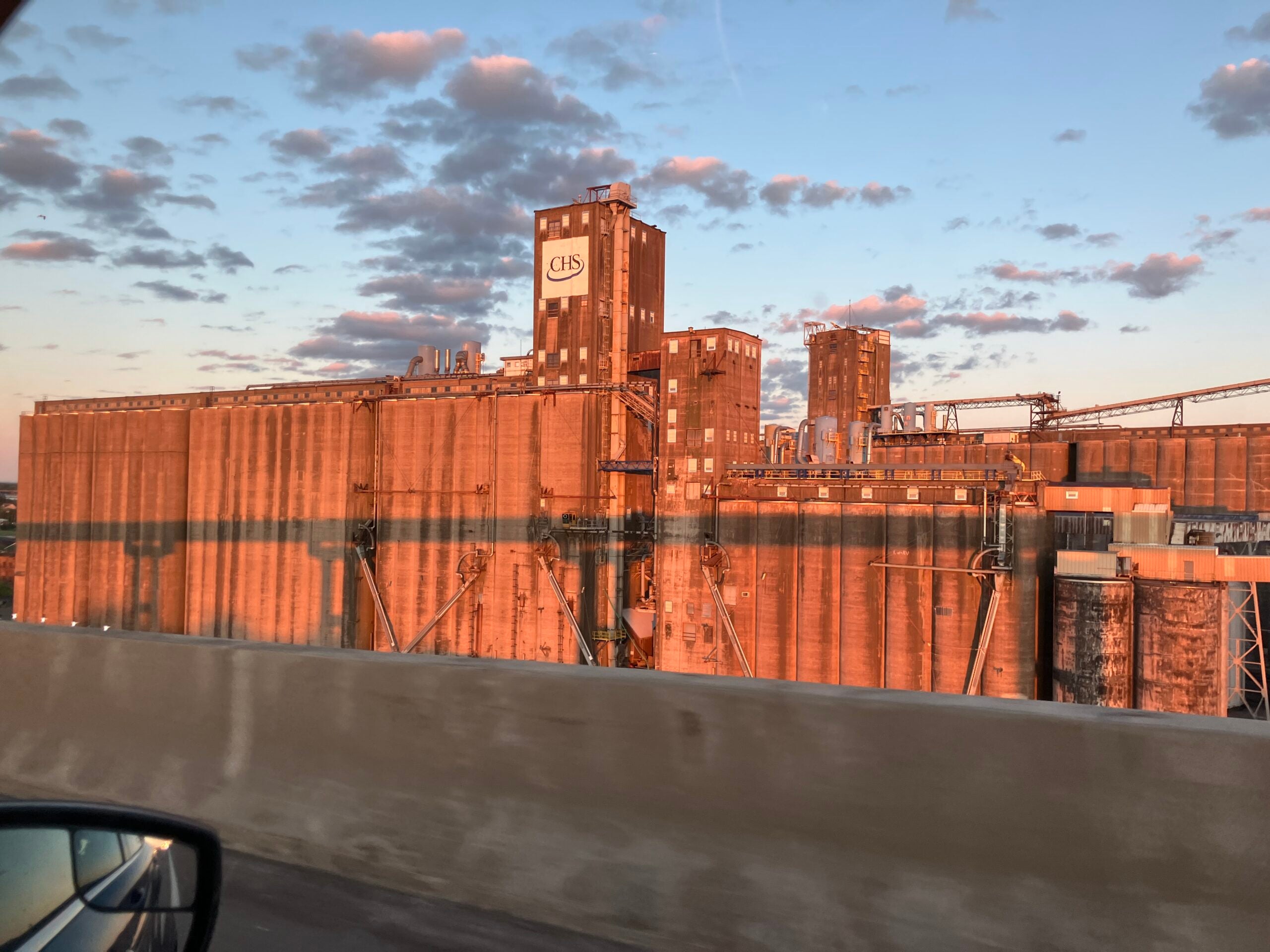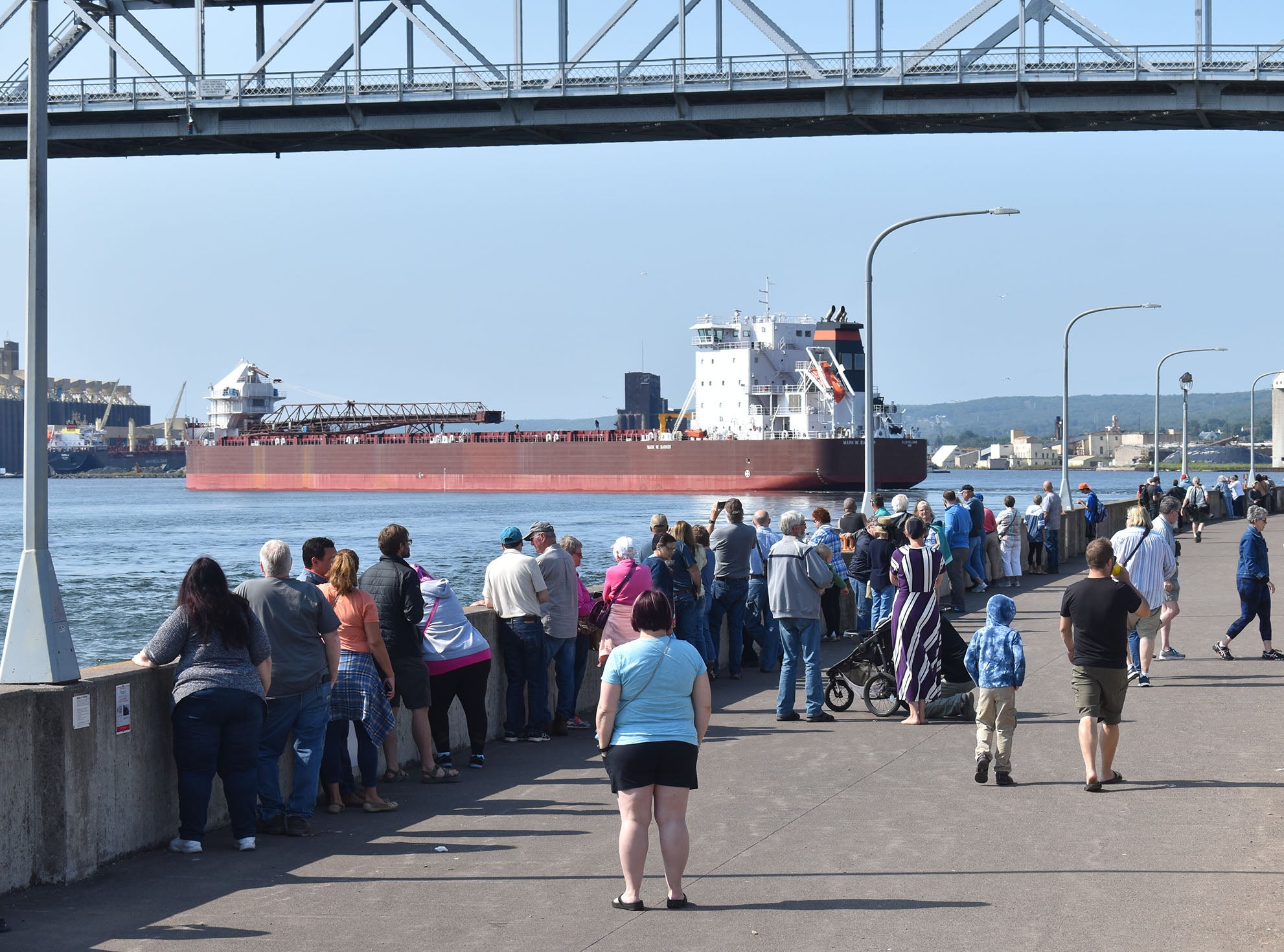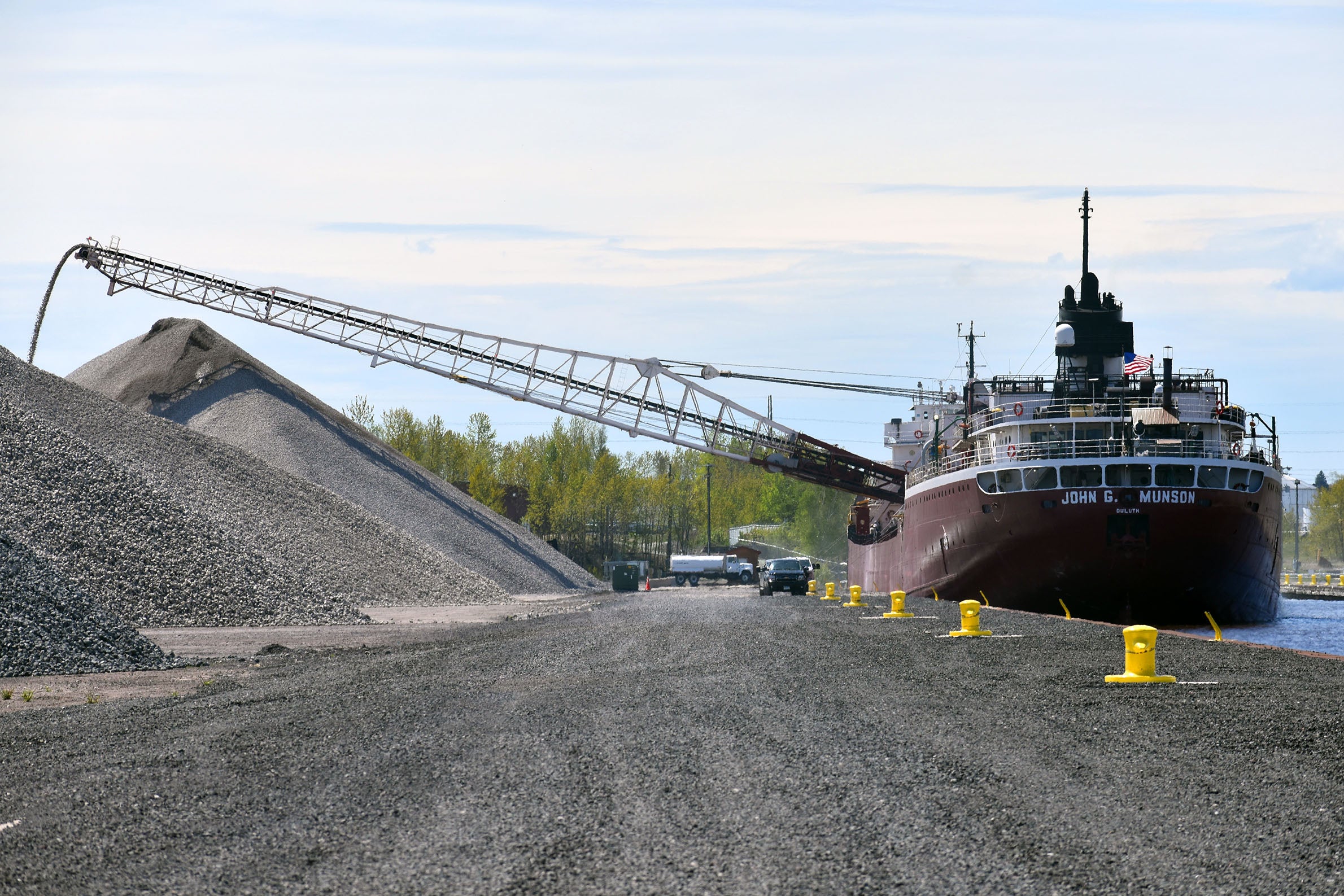Ocean-going ships through the St. Lawrence Seaway have more than made up for the ice-locked start of this year’s shipping season, and in spite of rain delays are now ahead of last year’s overall pace.
Many ships were stuck at docks thanks to an ice blockade on the Great Lakes in April and early May. Several ships that tried to soldier through the floes ended up damaged. But once the melt finally came, St. Lawrence Seaway Deputy Administrator Craig Middlebrook said that shipping picked up. Now, after the busiest August in years, Seaway cargo numbers are up overall by 3 percent.
Middlebrook said the next four months of the season could double the cargo to the most they’ve shipped since 2008.
News with a little more humanity
WPR’s “Wisconsin Today” newsletter keeps you connected to the state you love without feeling overwhelmed. No paywall. No agenda. No corporate filter.
“Everything we understand is that’s just going to continue through the end of the year,” Middlebrook said. “Internationally right now, people want our product. The ships are there. The water levels are there to max out the size of the ships to the draft.”
Middlebrook did say, however, that there could be disrupting factors. For example, he said that one issue that has already come up is a lack of capacity for railroads to handle grain, ore and coal as it increases hauling Bakken oil. Duluth Seaway Port Authority director Vanta Coda said that the Twin Ports are busy, but that the limited rail capacity is a problem.
“The limiting factor will be how much material actually makes it to dock,” Coda said. “Growth is never bad. It’s just sometimes painful. So figuring out how to make that system grow and be a little bit more elastic is what’s going to make everybody feel better. But I know from every shipper that I’ve heard, they don’t feel good now.”
U.S.-flagged Great Lakes cargo is also rebounding, but still down 8 percent compared to last year.
Wisconsin Public Radio, © Copyright 2025, Board of Regents of the University of Wisconsin System and Wisconsin Educational Communications Board.

